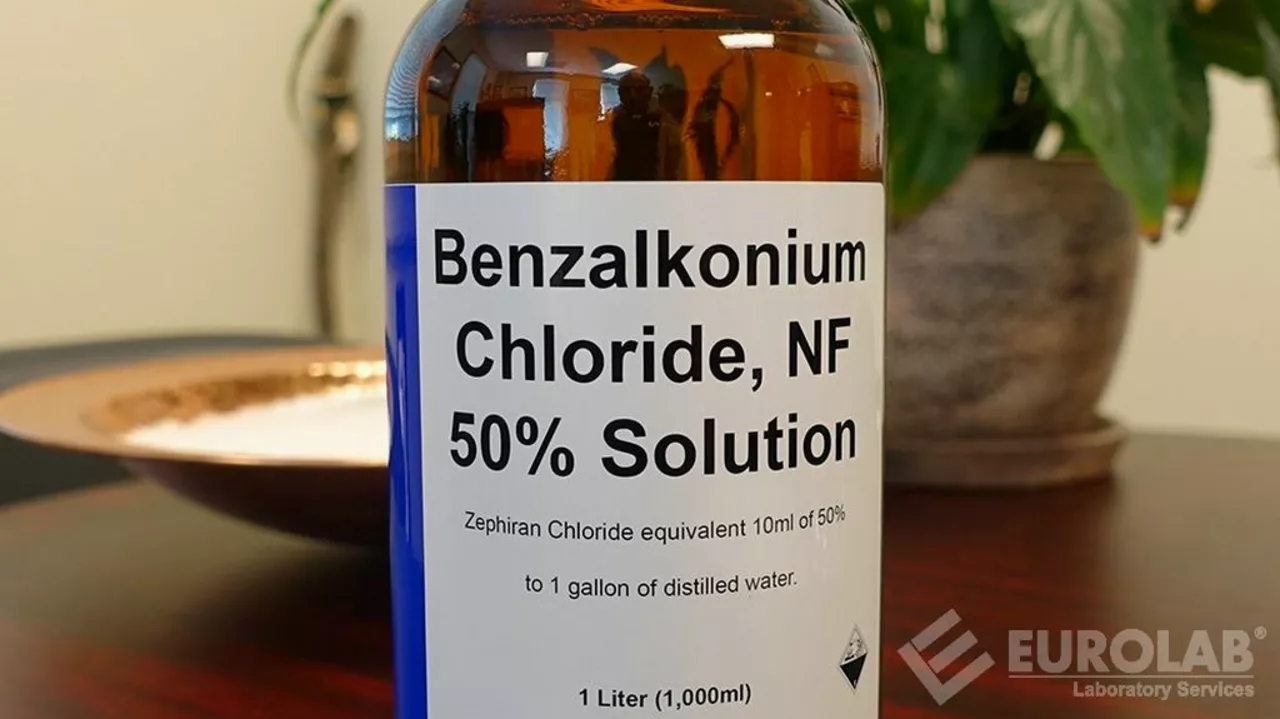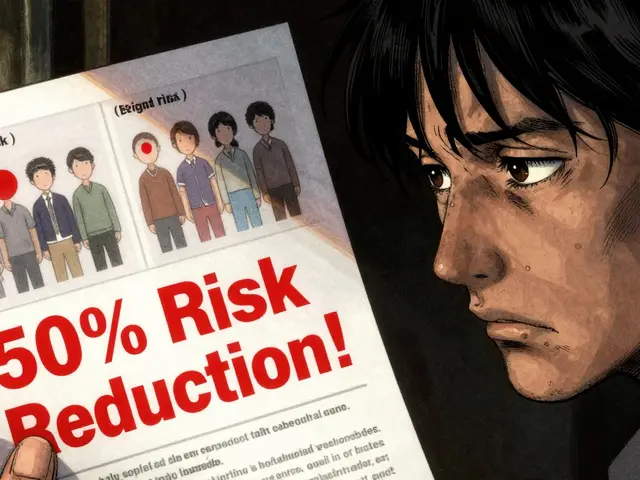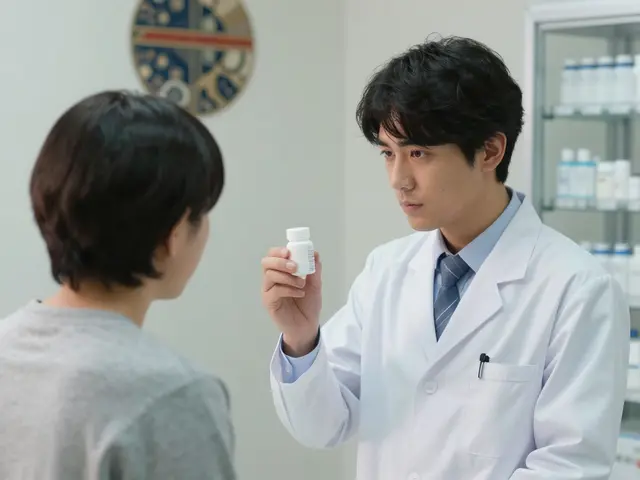Treating Rosacea: Simple Steps to Calm Redness
If you’ve ever looked in the mirror and seen a flare‑up of pink patches, you know how frustrating rosacea can be. The good news? You don’t need a PhD in dermatology to tame it. A few everyday habits, the right products, and some lifestyle tweaks can make a big difference.
Gentle skin‑care is your first line of defense
The moment you wash your face, choose something that whispers, not shouts. Look for fragrance‑free cleansers with a pH around 5.5 – they clean without stripping natural oils. Warm (not hot) water is key; it keeps blood vessels from dilating and causing more redness.
After cleansing, pat dry with a soft towel. Avoid rubbing – that can irritate the skin further. Follow up with a lightweight moisturizer that contains ceramides or niacinamide. These ingredients seal in moisture and calm inflammation without feeling heavy.
Pick products that soothe, not aggravate
When shopping for rosacea‑friendly formulas, steer clear of alcohol, menthol, and strong acids. Instead, reach for ingredients like azelaic acid (2%–5%), which reduces redness and bumps gently. Green tea extract and licorice root are also great for calming the skin.
If you need prescription help, topical metronidazole or ivermectin creams work well for many people. Talk to a pharmacist or your doctor about what fits your situation best – they can guide you on how often to apply and any possible side effects.
Sun exposure is a major trigger for rosacea flare‑ups. Use a broad‑spectrum sunscreen with at least SPF 30 every day, even when it’s cloudy. Mineral sunscreens (zinc oxide or titanium dioxide) tend to be less irritating than chemical ones.
Don’t forget about lifestyle factors. Hot drinks, spicy meals, and alcohol can cause blood vessels to expand, leading to a red face. Keep a simple diary for a week and note what you ate, drank, and how your skin reacted. You’ll spot patterns quickly and can adjust accordingly.
Stress is another hidden culprit. When you’re tense, cortisol spikes and so does facial redness. Simple breathing exercises, short walks, or a quick meditation session can lower stress levels enough to keep rosacea in check.
Finally, stay consistent. Rosacea isn’t cured overnight; it’s managed over time. Stick with your gentle routine, protect your skin from the sun, and watch for triggers. Most people see noticeable improvement within a few weeks if they stay on track.
Need more ideas? Browse our other health articles – we cover everything from allergy relief to smart supplement picks. Each piece is written to help you make quick, informed choices without the jargon.

The role of benzalkonium chloride/zinc oxide in treating rosacea
As someone who struggles with rosacea, I'm always on the lookout for effective treatments, and recently I've been reading up on the role of benzalkonium chloride and zinc oxide in managing this condition. From what I've learned, benzalkonium chloride acts as an antimicrobial agent, helping to reduce inflammation and infection. On the other hand, zinc oxide is a natural mineral that has soothing and anti-inflammatory properties, making it ideal for calming redness and irritation. Together, these two ingredients can provide significant relief for rosacea sufferers by targeting the root causes of the condition. I'm definitely looking forward to trying a product that combines these powerful ingredients to help treat my rosacea symptoms!
read more




